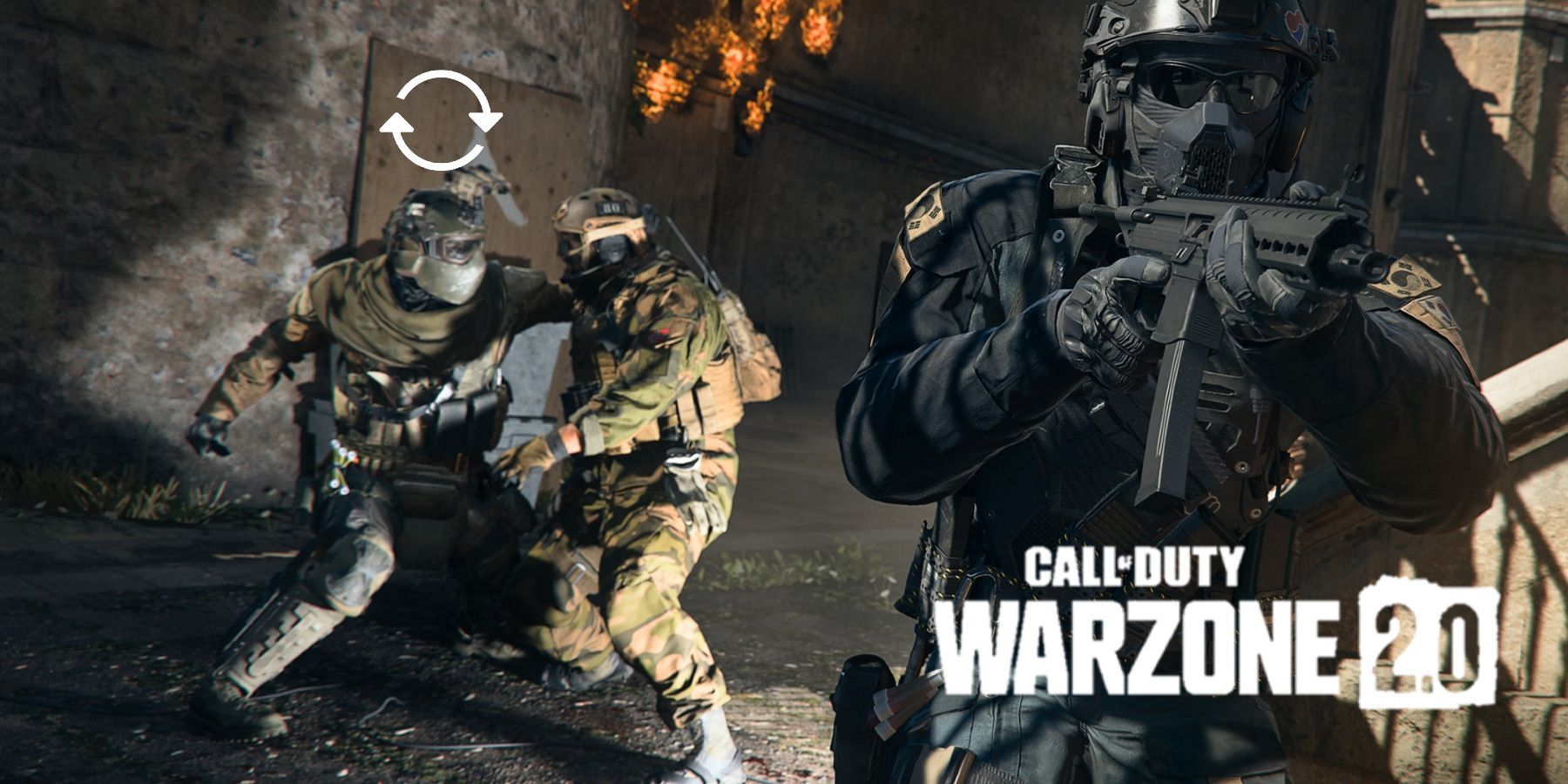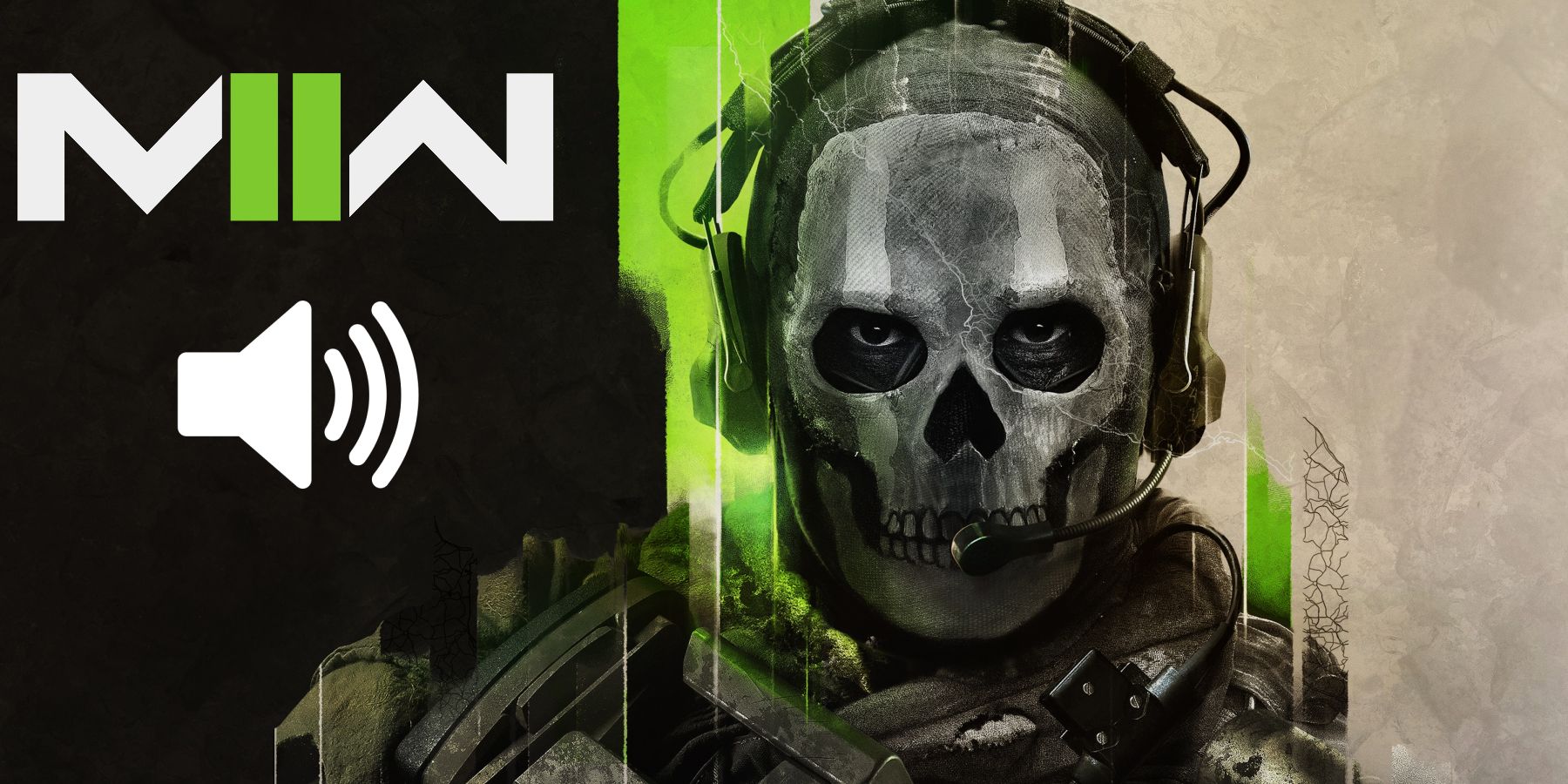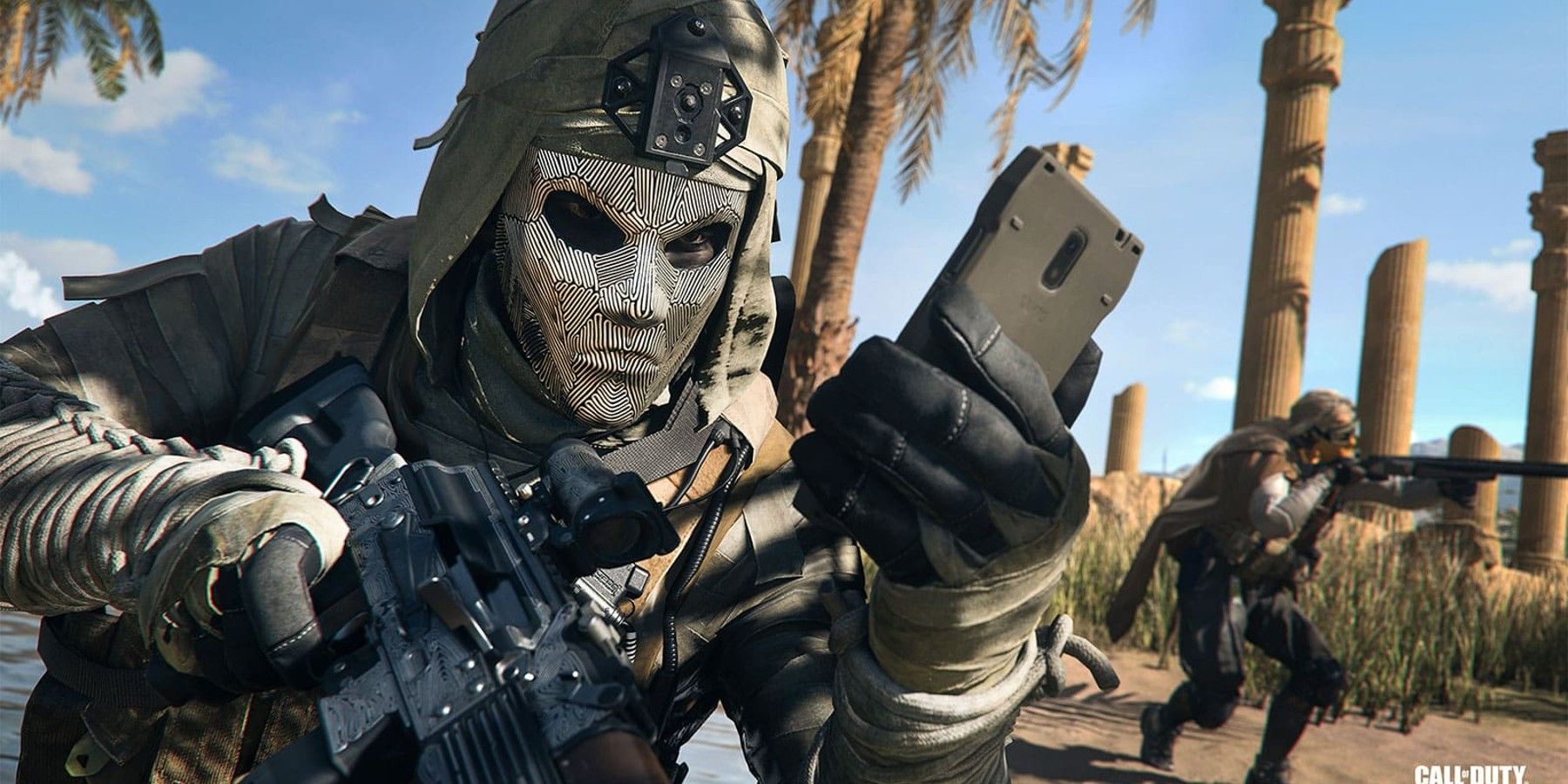It is no secret how massively anticipated the recently released Call of Duty: Warzone 2 was prior to launch, with the success of its predecessor leading to huge expectations for the sequel. Quite fittingly, the new title has implemented a huge array of comprehensive changes to gameplay, both big and small, to really build upon the established formula of the franchise.
Despite the massive range of changes that Call of Duty: Warzone 2 possesses, it is commendable that many of them work symbiotically with one another. This is perhaps most evident in the implementation of proximity chat to the title, and how it fosters an environment in which other features like team-swapping, or "assimilation" as it is known, can flourish.
Proximity Chat in Warzone 2 Makes Team-Swapping Better
Despite the short amount of time in which the game has been available, it is clear that the implementation of proximity chat to Warzone 2 is set to be one of the most well-received new additions to the franchise. Proximity chat, while inherently somewhat controversial, can be said to have been a staple of the classic multiplayer batle royale experience, with iconic BR titles like H1Z1 flourishing with this particular game mechanic.
Proximity chat allows players to hear and talk to other enemy players in game, with the volume of this input scaling with how far away an enemy is to the player in question. This provides untold benefits for the level of interaction present within the player base, with players being able to taunt or form alliances with each other mid-fight. Recent CoD titles have been lauded for the presence of "hot mics," in which players used to be able to hear enemies for a very brief period upon killing them, but Warzone 2 marks the first franchise foray into untethered and constant proximity chat.
Assimilation Team-Swapping in Warzone 2
Proximity chat lends itself perfectly to a brand-new feature in Warzone 2 called assimilation. This feature is only available outside of the solo playlists of Warzone 2, and affords players the possibility to join hostile teams or have enemies join their own team.
Opening the "ping wheel" when near another team, players can either request to join or send out an invite to another player or squad, which can then either be accepted or denied by the corresponding party. If successful, a player will then become a member of the opposing team, enjoying all the perks and benefits that this affords. Of course, assimilation can only be done if a team is already missing a player, with it sensibly being impossible for a player to join an already full squad.
Arguably the best part of this bold new assimilation game mechanic is that it only becomes available when within a very close proximity to an enemy party, meaning that proximity chat will most likely be in play for any assimilation interactions that may occur. This is where the aforementioned mutual benefit of these new Warzone 2 changes come into play, with both the assimilation and proximity chat mechanic working hand-in-hand to the benefit of one another.
At its best, players who are requesting membership can use proximity chat to plead their case as to why they should be given access to an opposing team, with the content that these kinds of interactions foster often being some of the best that multiplayer gaming can offer. Despite the grand scale of many Warzone 2 changes, it is something as simple as the assimilation mechanic that can make the largest impact on such a massive title.
Call of Duty: Warzone 2 is available now for PC, PS4, PS5, Xbox One, and Xbox Series X/S.



